VW ID.7 vs XPeng P7 - Differences and prices compared
Costs and Efficiency:
When it comes to price and running costs, the biggest differences usually appear. This is often where you see which car fits your budget better in the long run.
XPeng P7 has a slight advantage in terms of price – it starts at 42500 £, while the VW ID.7 costs 46400 £. That’s a price difference of around 3861 £.
In terms of energy consumption, the advantage goes to the VW ID.7: with 13.60 kWh per 100 km, it’s noticeable more efficient than the XPeng P7 with 16.80 kWh. That’s a difference of about 3.20 kWh.
As for range, the VW ID.7 performs a bit better – achieving up to 708 km, about 132 km more than the XPeng P7.
Engine and Performance:
Power, torque and acceleration say a lot about how a car feels on the road. This is where you see which model delivers more driving dynamics.
When it comes to engine power, the XPeng P7 has a clearly perceptible edge – offering 473 HP compared to 340 HP. That’s roughly 133 HP more horsepower.
In acceleration from 0 to 100 km/h, the XPeng P7 is evident quicker – completing the sprint in 4.10 s, while the VW ID.7 takes 5.40 s. That’s about 1.30 s faster.
In terms of top speed, the XPeng P7 performs minimal better – reaching 200 km/h, while the VW ID.7 tops out at 180 km/h. The difference is around 20 km/h.
There’s also a difference in torque: XPeng P7 pulls somewhat stronger with 757 Nm compared to 679 Nm. That’s about 78 Nm difference.
Space and Everyday Use:
Beyond pure performance, interior space and usability matter most in daily life. This is where you see which car is more practical and versatile.
Seats: offers more seating capacity – vs .
In curb weight, XPeng P7 is minimal lighter – 2020 kg compared to 2180 kg. The difference is around 160 kg.
In terms of boot space, the VW ID.7 offers a bit more room – 532 L compared to 440 L. That’s a difference of about 92 L.
When it comes to payload, VW ID.7 hardly perceptible takes the win – 465 kg compared to 430 kg. That’s a difference of about 35 kg.
Who wins the race?
The XPeng P7 proves to be secures victory with a clear margin and therefore becomes our DriveDuel Champion!
XPeng P7 is the better all-rounder in this comparison.
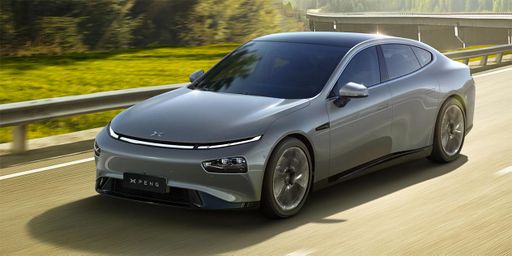 @ XPeng Motors
@ XPeng Motors
XPeng P7
Costs and Consumption
View detailed analysis
Engine and Performance
View detailed analysis
Dimensions and Body
View detailed analysis
VW ID.7
VW ID.7 arrives as Volkswagen's electric grand tourer, pairing a low-slung, aerodynamic silhouette with a calm, understated interior that prioritizes comfort and space. It’s a sensible choice for buyers who want a relaxed, high-tech cruiser that covers motorway miles with poise rather than bravado.
details @ Volkswagen AG / VW Media
@ Volkswagen AG / VW Media
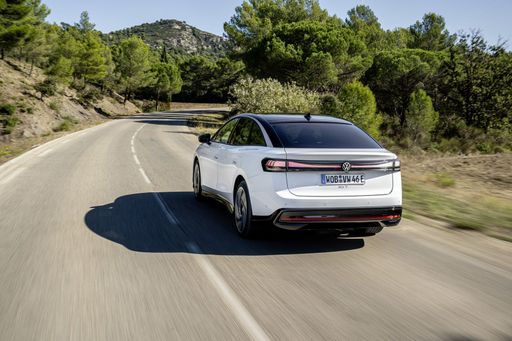 @ Volkswagen AG / VW Media
@ Volkswagen AG / VW Media
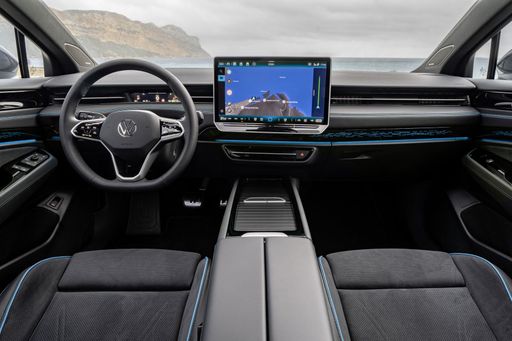 @ Volkswagen AG / VW Media
@ Volkswagen AG / VW Media
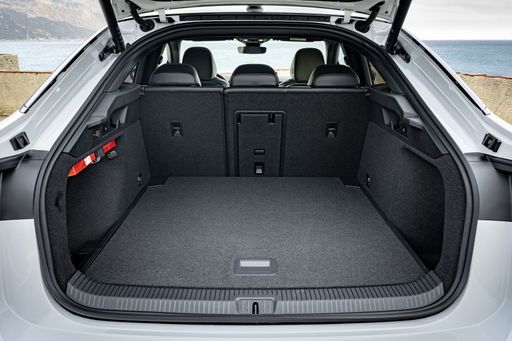 @ Volkswagen AG / VW Media
@ Volkswagen AG / VW Media
XPeng P7
The XPeng P7 cuts a sleek, coupe-like silhouette that looks like a tech firm's idea of a stylish electric sedan, and its minimalist cabin packs smart screens and handy features that actually improve everyday life. Underneath the future-facing image it drives with surprising poise and comes loaded with advanced driver aids, making it a tempting choice for buyers who want electric charisma without the hype.
details @ XPeng Motors
@ XPeng Motors
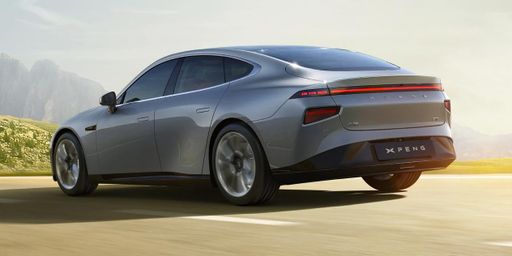 @ XPeng Motors
@ XPeng Motors
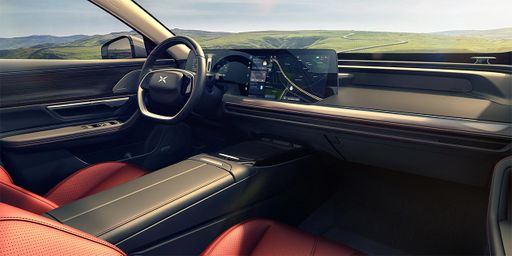 @ XPeng Motors
@ XPeng Motors
 @ Volkswagen AG / VW Media
@ Volkswagen AG / VW Media
|
 @ XPeng Motors
@ XPeng Motors
|
|
|
|
Costs and Consumption |
|
|---|---|
|
Price
46400 - 54200 £
|
Price
42500 - 50200 £
|
|
Consumption L/100km
-
|
Consumption L/100km
-
|
|
Consumption kWh/100km
13.6 - 16.2 kWh
|
Consumption kWh/100km
16.8 - 19.2 kWh
|
|
Electric Range
594 - 708 km
|
Electric Range
505 - 576 km
|
|
Battery Capacity
77 - 86 kWh
|
Battery Capacity
82.70 kWh
|
|
co2
0 g/km
|
co2
0 g/km
|
|
Fuel tank capacity
-
|
Fuel tank capacity
-
|
Dimensions and Body |
|
|---|---|
|
Body Type
Hatchback
|
Body Type
Sedan
|
|
Seats
5
|
Seats
5
|
|
Doors
5
|
Doors
5
|
|
Curb weight
2180 - 2325 kg
|
Curb weight
2020 - 2140 kg
|
|
Trunk capacity
532 L
|
Trunk capacity
440 L
|
|
Length
4961 mm
|
Length
4888 mm
|
|
Width
1862 mm
|
Width
1896 mm
|
|
Height
1535 - 1536 mm
|
Height
1450 mm
|
|
Max trunk capacity
1586 L
|
Max trunk capacity
-
|
|
Payload
460 - 465 kg
|
Payload
430 kg
|
Engine and Performance |
|
|---|---|
|
Engine Type
Electric
|
Engine Type
Electric
|
|
Transmission
Automatic
|
Transmission
Automatic
|
|
Transmission Detail
Reduction Gearbox
|
Transmission Detail
Reduction Gearbox
|
|
Drive Type
Rear-Wheel Drive, All-Wheel Drive
|
Drive Type
Rear-Wheel Drive, All-Wheel Drive
|
|
Power HP
286 - 340 HP
|
Power HP
276 - 473 HP
|
|
Acceleration 0-100km/h
5.4 - 6.6 s
|
Acceleration 0-100km/h
4.1 - 6.7 s
|
|
Max Speed
180 km/h
|
Max Speed
200 km/h
|
|
Torque
545 - 679 Nm
|
Torque
440 - 757 Nm
|
|
Number of Cylinders
-
|
Number of Cylinders
-
|
|
Power kW
210 - 250 kW
|
Power kW
203 - 348 kW
|
|
Engine capacity
-
|
Engine capacity
-
|
General |
|
|---|---|
|
Model Year
2023 - 2024
|
Model Year
2024
|
|
CO2 Efficiency Class
A
|
CO2 Efficiency Class
A
|
|
Brand
VW
|
Brand
XPeng
|
What drive types are available for the VW ID.7?
The VW ID.7 is offered with Rear-Wheel Drive or All-Wheel Drive.
The prices and data displayed are estimates based on German list prices and may vary by country. This information is not legally binding.
